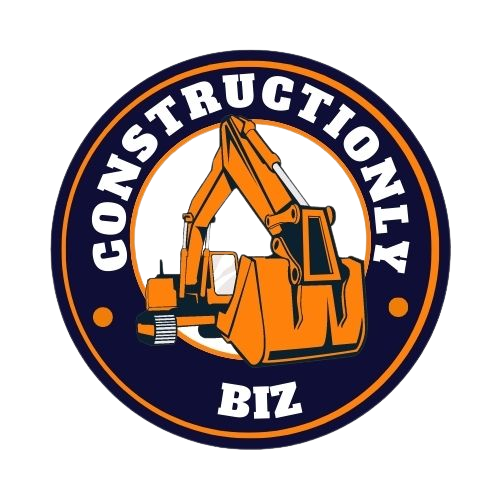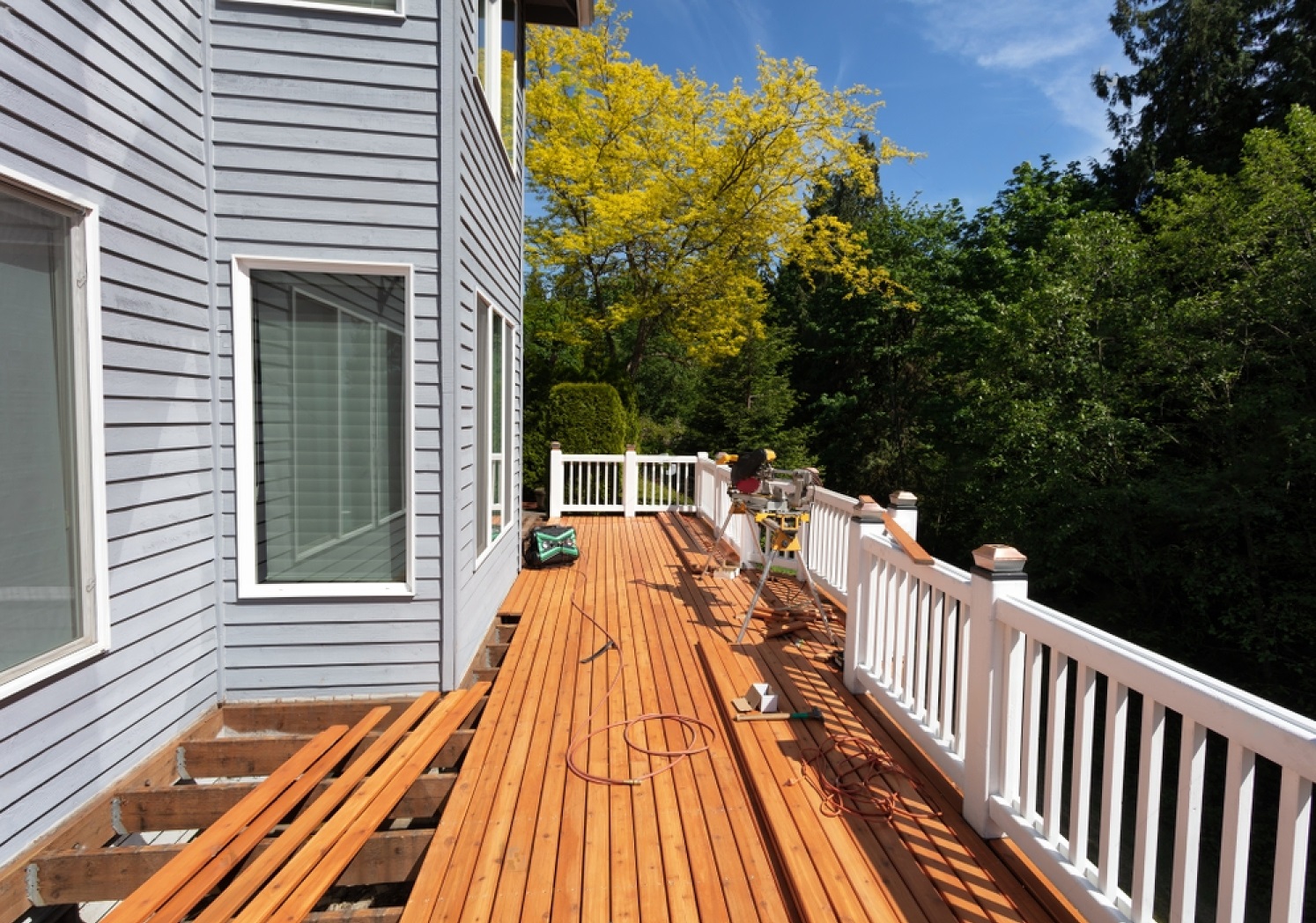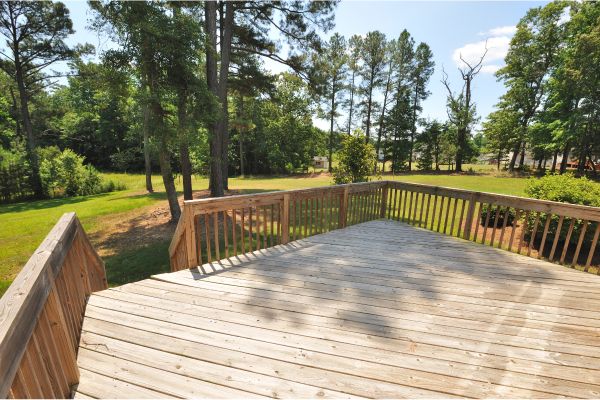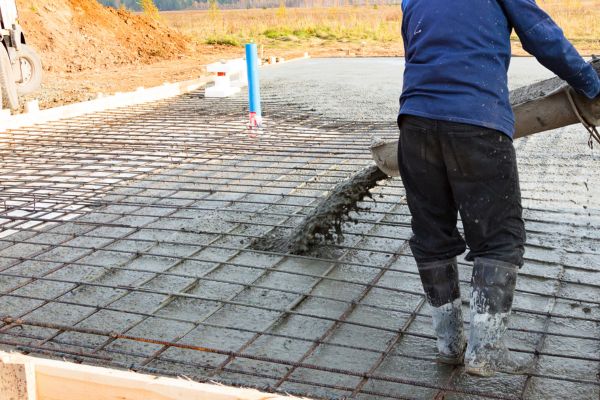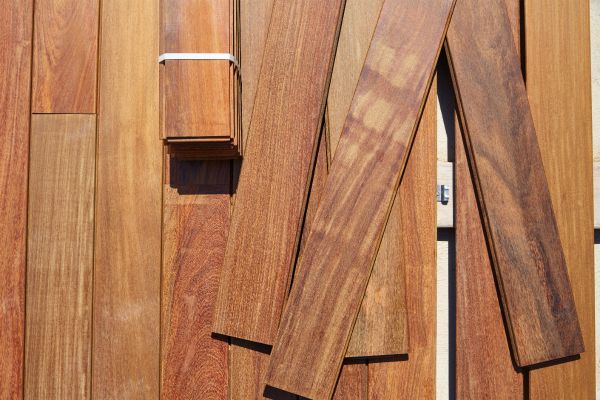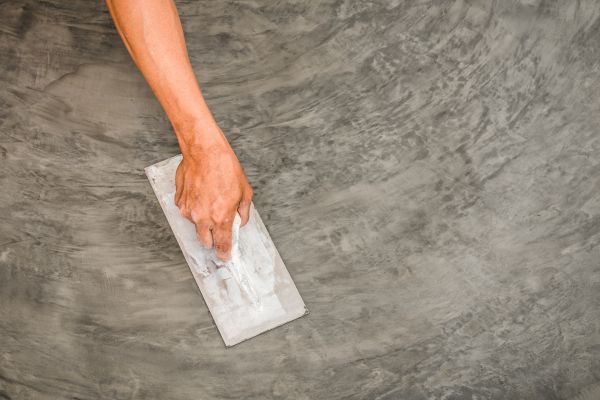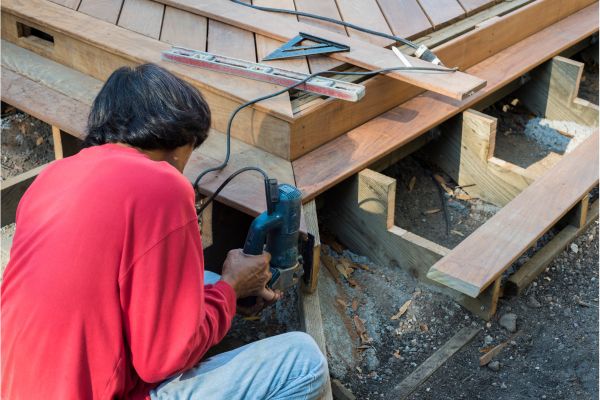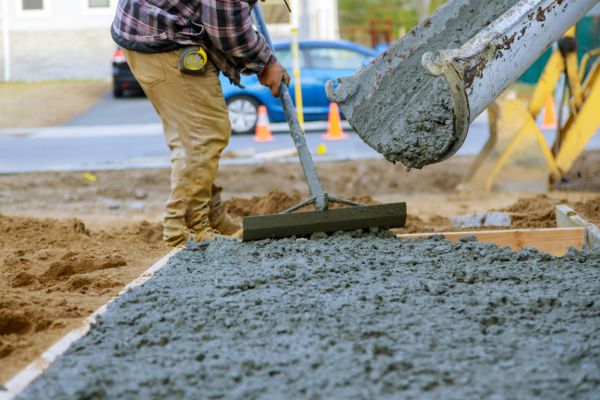Decks are a delightful addition to any home, providing a charming outdoor space for relaxation, gatherings, and the simple joy of enjoying the great outdoors without leaving your property. However, like any part of your home, decks require regular maintenance to ensure they remain safe, attractive, and functional. In this comprehensive guide, we’ll explore the importance of deck repair and restoration, including the benefits, signs that your deck needs attention, the steps involved in the process, essential tools and materials, and tips for proper maintenance.
The Benefits of Deck Repair and Restoration
A well-maintained deck offers numerous advantages that go beyond aesthetics:
- Increased Longevity: Regular maintenance can significantly extend your deck’s lifespan, saving you money in the long run by avoiding costly replacements.
- Enhanced Aesthetics: Restoring your deck’s appearance through refinishing and staining can make it look brand new, revitalizing your outdoor space.
- Improved Safety: Repairing loose boards, railings, or structural issues ensures the safety of your family and guests, preventing accidents.
- Boosted Property Value: A well-cared-for deck adds curb appeal and can increase the overall value of your property, a valuable asset if you decide to sell your home.
Signs Your Deck Needs Repair and Restoration
Before embarking on a deck restoration project, it’s essential to recognize the signs of wear and damage:
- Rotting Wood: Soft, spongy, or discolored wood indicates rot, which can spread and weaken the entire structure if left unaddressed.
- Loose or Warped Boards: Loose or warped boards are not only unsightly but also pose a tripping hazard and can compromise the deck’s structural integrity.
- Rusted Fasteners: Corroded nails, screws, or brackets need prompt replacement to maintain the deck’s stability and safety.
- Mold/Mildew: Black or green spots on the deck are signs of mold or mildew, which not only diminish the appearance but can also lead to wood decay over time.
Ignoring these signs can lead to more extensive and costly repairs down the road.
DIY vs. Professional Deck Repair
The decision between tackling deck repairs yourself or hiring a professional largely depends on the extent of the damage and your level of experience. While DIY projects can save you money, more complex issues are best left to experts who have the skills and equipment to ensure your deck is repaired correctly. Regardless of your choice, safety should always be a priority, and you should feel comfortable with the tools and materials involved.
Steps to Deck Repair and Restoration
A successful deck restoration project typically involves the following steps:
- Inspection and Assessment: Start by conducting a thorough inspection of your deck to identify areas that require attention. Take note of any loose boards, rot, or structural concerns.
- Cleaning and Power Washing: Remove dirt, grime, old finishes, and mildew using a power washer. This step is essential for preparing the surface for repair and restoration.
- Repairing Damaged Components: Replace or repair any damaged boards, railings, or supports. Ensure all connections are secure and safe.
- Sanding and Refinishing: Sand the deck’s surface to remove rough spots, splinters, and old finishes. Then, apply a suitable wood finish or stain to protect and enhance the wood’s appearance.
- Sealing and Waterproofing: Seal the deck to protect it from moisture, UV rays, and other environmental factors. Waterproofing prevents rot and decay, prolonging your deck’s lifespan.
Necessary Tools and Materials
Before you begin your deck repair and restoration project, gather the necessary tools and materials, including:
- Safety gear such as goggles, gloves, and a dust mask.
- A power washer for thorough cleaning.
- Screwdrivers, wrenches, and other hand tools.
- Replacement boards and fasteners.
- Sandpaper and a sander for smoothing the surface.
- Wood finish or stain to protect and beautify the wood.
- Deck sealer and waterproofing products.
Tips for Proper Deck Maintenance
To ensure your deck remains in excellent condition year-round, consider the following tips:
- Conduct seasonal cleaning and inspections to catch issues early.
- Address stains and spills promptly to prevent permanent damage to the wood.
- Store deck furniture and accessories properly during the off-season to prevent unnecessary wear and tear.
Common Deck Restoration Mistakes to Avoid
To ensure the success of your deck restoration project, be mindful of these common errors:
- Neglecting proper preparation, which can lead to uneven finishes and reduced longevity.
- Using inappropriate materials that do not suit your specific climate or deck type.
- Rushing through the process without allowing sufficient drying time for finishes, which can result in poor adhesion and durability.
The Role of Deck Finishes and Stains
Choosing the right finishes and stains is crucial. These products not only protect the wood from moisture and UV rays but also enhance its natural beauty. Consider factors like your climate and wood type when selecting the appropriate finishes and stains for your deck.
Budgeting for Deck Repair and Restoration
The cost of deck maintenance can vary depending on factors such as the deck’s size, the materials used, and the extent of the damage. However, it’s important to view maintenance as an investment that can save you money in the long term by preventing costly repairs or even the need for a full deck replacement.
Takeaway
Deck repair and restoration are about more than just maintaining aesthetics; they are essential for ensuring the safety and longevity of your outdoor space. By recognizing the signs of damage, following proper maintenance steps, and using the right materials, you can enjoy your deck for years to come. Don’t wait until it’s too late; start preserving your deck’s beauty and functionality today.
